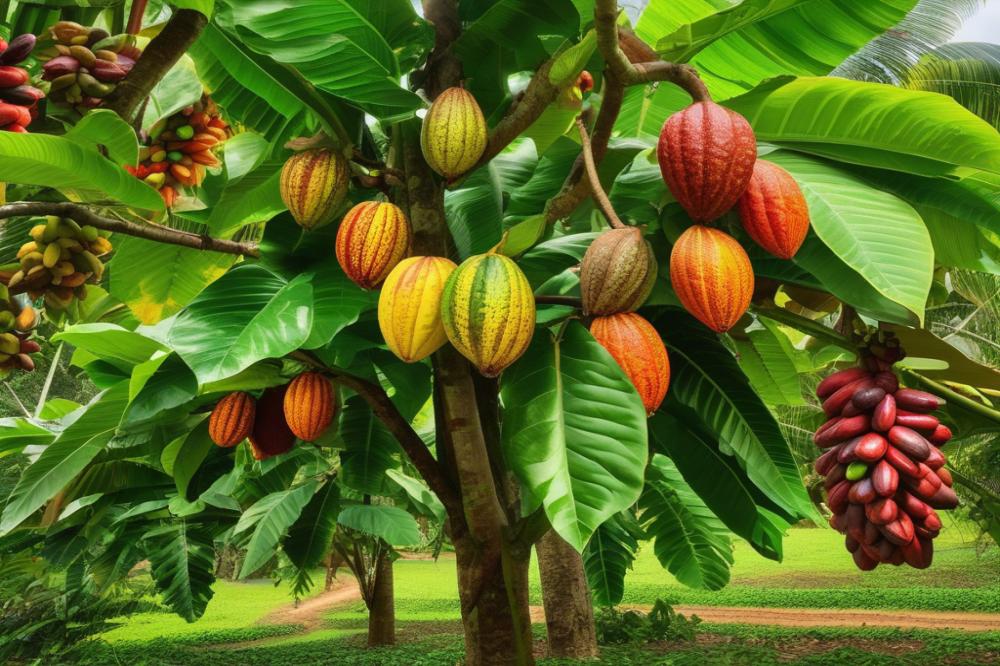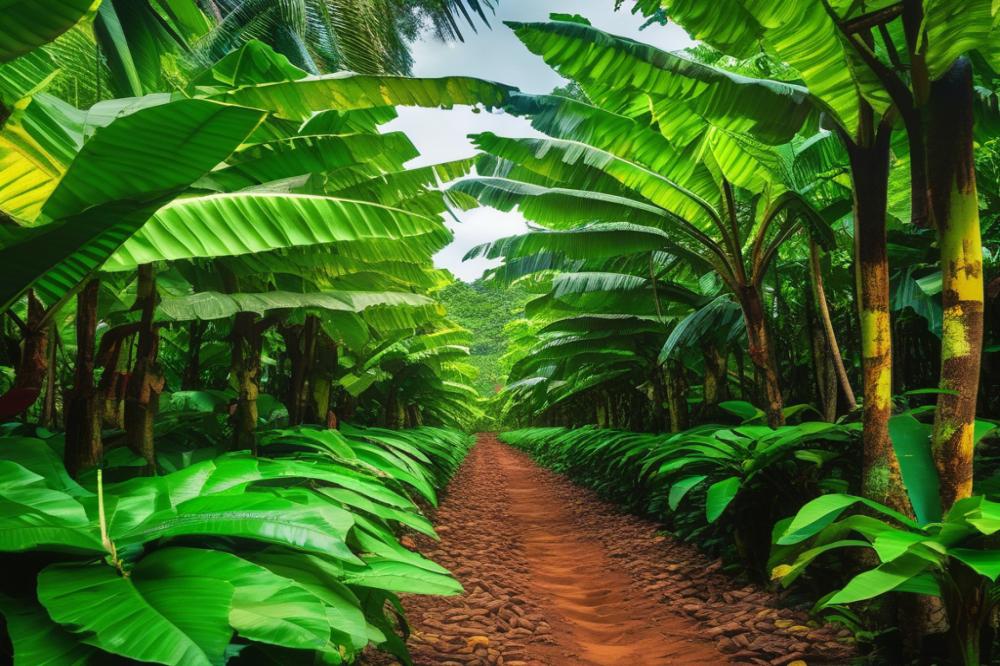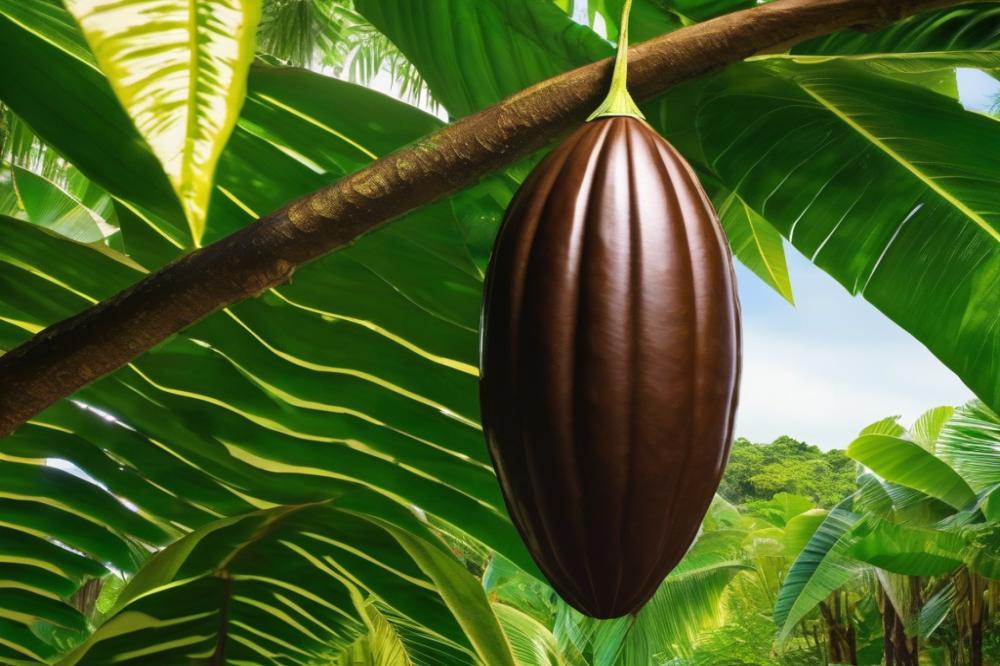The Evolution of Cocoa plants: A historical perspective
Cocoa has played a significant role throughout human history. Its journey from a humble plant to a global commodity is fascinating. Initially, this precious plant, scientifically known as Theobroma cacao, was revered by ancient cultures. They recognized its value long before chocolate bars became a household item.
The Mayans and Aztecs were among the first to cultivate cocoa, using it in rituals and as a beverage. For them, it was not just a food but a symbol of wealth and power. They utilized various cultivation methods to grow these plants in their tropical environments. The traditional practices varied, demonstrating an early understanding of sustainable agriculture.
As societies evolved, so did the use of cacao. The origins of chocolate can be traced back to these ancient civilizations. They transformed cocoa into a drink flavored with spices or sweetened with honey. Over time, this beverage would evolve into the chocolate we know today.
This remarkable plant has shaped economies and cultures across centuries. The cocoa trade emerged, connecting distant regions and boosting local economies. Yet, this trade also raised complex questions about sustainability and economic impact. Many regions that relied on cocoa faced challenges, including issues related to genetic diversity and changing climate.
The transformation of cacao processing further propelled its popularity. Techniques improved, enabling chocolate to become more accessible. Now, chocolate is enjoyed worldwide, from bars to desserts. This sweet product has a rich chocolate history, reflecting its journey from ancient rituals to modern indulgence.
Origins of Cocoa plants
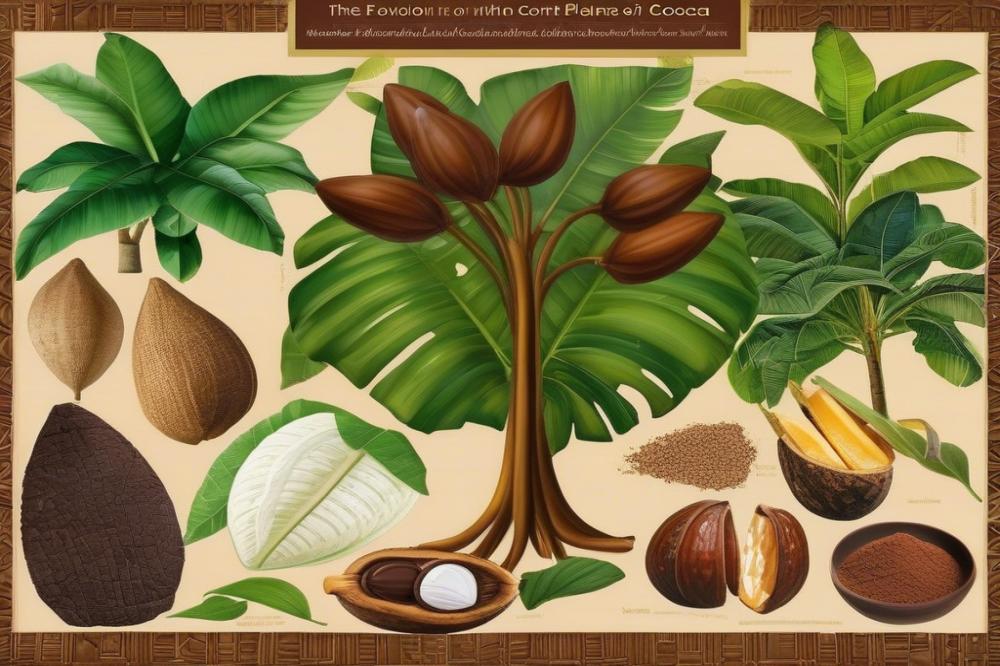
The journey of chocolate begins with Theobroma cacao. This plant holds the key to understanding the rich history of cocoa. It belongs to the Malvaceae family, which is the same family as hibiscus and okra. Scholars believe this species originated in the Amazon Basin, particularly areas that are now part of Ecuador and Peru.
Geographical Origins and Historical Cultivation by Ancient Cultures
In the early days, ancient cultures cultivated cacao using diverse methods. They valued the beans not just as food but as a significant resource. The Olmecs, one of the earliest societies in Mesoamerica, domesticated the cacao plant around 1500 BCE. Later, the Mayans and Aztecs expanded cacao cultivation across their regions. They grew various varieties, enhancing the genetic diversity of the plant.
Cacao’s Use in Rituals and as a Currency in Mesoamerican Societies
Cultura surrounding cacao was profound. Mesoamerican societies used cacao in religious rituals and celebrations. Drinking chocolate was reserved for nobility and during sacred events. Cacao beans even served as currency, facilitating trade amongst these ancient cultures. This practice impacted the economy significantly, making the cocoa trade an essential part of their society.
Rituals associated with cacao illuminated its importance. The Mayans and Aztecs perceived the drink as a gift from the gods, symbolizing life and fertility. This deep connection established cacao as more than a plant; it was a central component of their identity.
Understanding the origins of chocolate provides insight into today’s sustainability challenges. The historical cultivation methods set a precedent for modern agriculture. Many must consider the economic impact of cocoa farming in contemporary contexts. As awareness grows, questions about sustainable practices become vital for the future of this beloved crop.
Cocoa Trade and Cultivation Methods
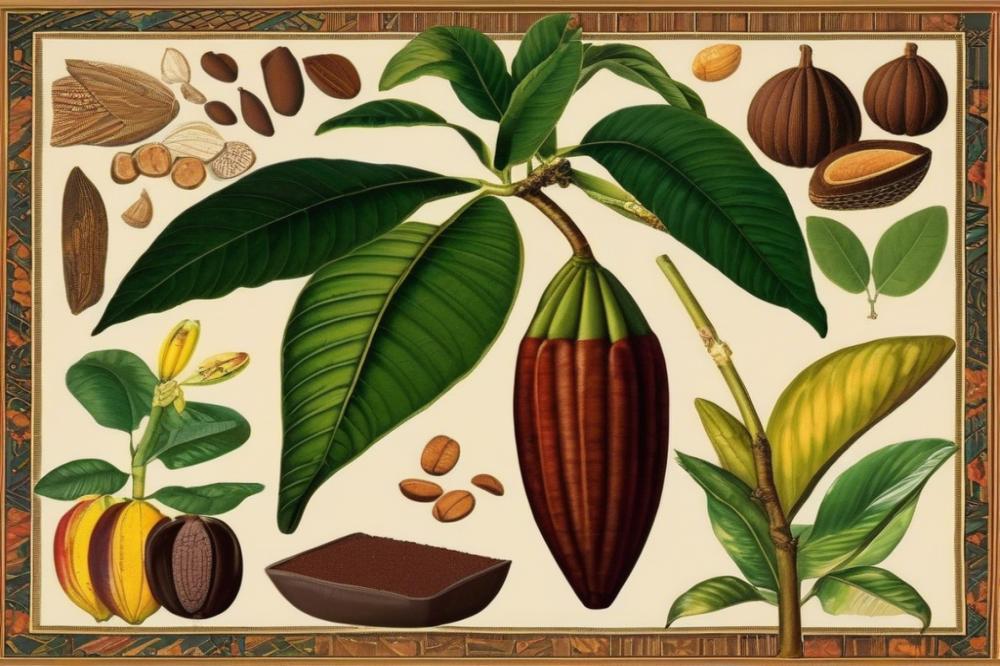
Evolution of Cocoa Farming Practices through Centuries
Cocoa cultivation has transformed over many centuries. Theobroma cacao, the plant responsible for chocolate history, was first domesticated by ancient cultures in Mesoamerica. Early farmers used basic techniques. They tended to plants by hand, focusing on their needs. Over time, Cocoa farming expanded to include more advanced methods. Techniques evolved with the introduction of tools and practices learned from different regions. Farmers began to manage larger plantations. This shift significantly increased yields and efficiency.
Organic practices are gaining popularity today. Farmers are looking for ways to enhance sustainability while also improving genetic diversity. Traditional knowledge is being mixed with modern science. The ongoing challenge is to adapt to changing climates. This change requires adjustments in cultivation methods.
Impact of the Cocoa Trade on Global Economies
The impact of the cocoa trade on global economies cannot be understated. Cocoa production generates billions in revenue worldwide. It provides jobs for millions of people, especially in developing regions. The demand for chocolate brands continues to rise, increasing trade in this sector. Countries known for cocoa cultivation, like Côte d’Ivoire and Ghana, heavily rely on this crop. This reliance can lead to fluctuations in economies based on market changes.
Global interest in sustainable practices is growing. Companies are now expected to consider their supply chains carefully. With pressure from consumers, many are exploring ethical sourcing. Overall, the cocoa trade has a profound economic impact on both producing and consuming nations.
Colonial Influences on Cocoa Production and Distribution
Colonial history greatly affected cocoa production and its distribution. European powers established cocoa plantations in the regions they controlled. They sought to capitalize on the lucrative market for chocolate. Unfortunately, this often involved exploiting local populations. Many indigenous farmers were forced into labor systems that benefitted colonial economies.
After the colonial era, the legacy of these practices persisted. Large plantations continued to dominate the industry. Small-scale farmers often struggled against big corporations. This situation has led to ongoing debates about fairness in trade relations. As consumers grow more aware, they push for changes in how cocoa is sourced. Today, conversations about sustainability continue to shape the industry’s future. The past heavily influences how cocoa is grown and traded now.
Genetic Diversity of Cocoa Plants
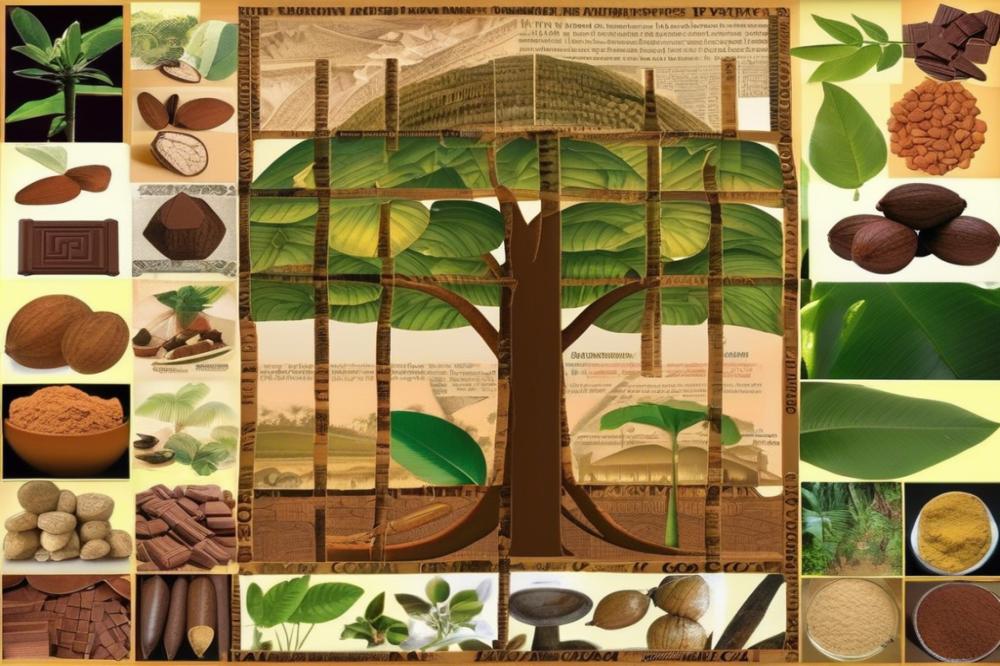
Genetic diversity plays a crucial role in cocoa cultivation. It refers to the variety of genes within different cacao plants. High levels of genetic variation help farmers face challenges. This includes diseases or changing climate conditions. When a crop has strong genetic diversity, it can adapt more easily. It can also resist pests better, which is vital for production.
Preserving genetic resources is essential for future sustainability. One way to achieve this is by supporting research on ancient cultures that cultivated Theobroma cacao. These cultures developed specific varieties that thrived in diverse climates. By collecting seeds from various regions, researchers can create a diverse gene pool. This effort is crucial for the future of the cocoa trade. Farmers who grow cacao need resilient plants that can cope with new challenges.
The impact of genetic diversity extends beyond resilience. Varied genetic backgrounds can influence flavor profiles in chocolate. Different cultivars contribute distinct tastes and aromas to the final product. As chocolate lovers seek unique flavors, preserving diverse cacao types becomes essential. Flavor variety often stems from how plants adapt to their environments. Those adaptations can make chocolate more appealing to consumers.
Furthermore, maintaining a rich genetic base helps ensure long-term economic viability. Cacao processing thrives when different cultivars offer a range of products. Chocolatiers desire unique ingredients to create specialty chocolates. This can drive the market forward, benefitting farmers and local economies alike. By focusing on genetic diversity, we can preserve the rich chocolate history that generations have enjoyed.
Cacao Processing and the Origins of Chocolate
The journey of chocolate begins with the humble bean of Theobroma cacao. Ancient cultures cultivated this plant long before it became a beloved treat worldwide. Cacao processing techniques have evolved remarkably over the centuries. Initially, these processes were simple and based on manual labor. The earliest cacao users made a drink by grinding beans and mixing them with water and spices. This method produced a frothy beverage, rich in flavor and cultural significance.
Historical Development of Cacao Processing Techniques
Over time, new methods emerged. The Olmecs of Mesoamerica were probably the first to use cacao, around 1500 BC. They recognized the beans’ value, using them not just for food but also as currency. Later, the Maya and Aztecs took cacao processing to another level. They created complex recipes, adding ingredients like chili and honey. This drink became an important part of religious ceremonies, showcasing the deep ties between cacao and cultural identity.
Transformation from Bean to Chocolate Bar
The transition from drink to solid chocolate is fascinating. In the 19th century, processes improved to create solid forms of chocolate. The invention of the cacao press allowed manufacturers to separate cocoa butter from cocoa solids, paving the way for the first chocolate bars. Companies like Cadbury and Fry capitalized on these advancements. They began producing sweet, solid chocolates, appealing to a broader audience. Mass production revolutionized the chocolate trade, making it available to people from various backgrounds.
Cultural Significance of Chocolate Through the Ages
Chocolate has held significant cultural importance throughout history. In European societies, it transformed into a symbol of luxury and indulgence. Events and celebrations often featured chocolate, elevating its status. Today, the love for chocolate continues. It transcends cultures and time periods, making it a global phenomenon. Furthermore, discussions around sustainability and ethical sourcing are shaping the future of the chocolate industry. As awareness grows, consumers seek products that respect the land and ensure fair treatment for farmers.
The economic impact of cacao cultivation and trade cannot be overlooked. Millions depend on the cocoa industry for their livelihoods. The genetic diversity of cacao plants plays a crucial role in this dynamic. Different varieties yield distinct flavors and characteristics. Preserving these varieties is essential for future generations. Environmental threats challenge sustainable farming practices, highlighting the need for innovative solutions. The evolution of cacao processing reflects not just technological advances but also the longstanding relationships between people and their cherished chocolate.
Sustainability and Economic Impact
Current sustainability challenges in cocoa production
The production of cocoa faces significant sustainability challenges today. Deforestation remains a major concern as farmers clear forests for new plantations. This not only harms wildlife but also contributes to climate change. In many regions, soil degradation is becoming a problem due to poor farming practices. Many growers rely heavily on chemical fertilizers, which lead to soil depletion over time. Furthermore, climate change poses an increasing threat, altering rainfall patterns and temperatures. Farmers must adapt their cultivation methods to cope with these changes. The impact of pests and diseases also disrupts the fragile ecosystem in which Theobroma cacao thrives. Addressing these issues is essential for the future health of cocoa farming.
Economic impact of cocoa trade on producing countries
Cocoa trade plays a significant role in the economies of producing countries. Millions of families in West Africa, for example, depend on this crop for their livelihood. The international demand for chocolate fuels a lucrative market, but it also comes with challenges. Farmers often receive low prices for their beans, making it hard to escape poverty. Market fluctuations add more uncertainty, leaving farmers vulnerable to economic shifts. It is vital for producing nations to encourage fair trade practices that benefit local communities. By doing so, they can enhance the living standards of those who are integral to the cocoa supply chain.
Future outlook for sustainable cocoa farming and trade practices
Innovation will be key to achieving sustainable cocoa farming in the future. Emphasizing genetic diversity can help improve resilience against diseases and climate issues. Additionally, education plays a crucial role in teaching farmers better practices that protect ecosystems. Organic farming techniques offer a path for growers seeking sustainable choices. By focusing on the origins of chocolate, consumers can become more aware of their purchasing power. Sustainable certification schemes are already emerging, offering brands a way to show their commitment. As awareness increases, both producers and consumers will push for change. This shift could lead to a more ethical and sustainable cocoa trade, benefiting both people and the planet.
Final Thoughts on Cocoa’s Impact and Preservation
The evolution of Theobroma cacao has been shaped by centuries of human interaction and culture. From the ancient civilizations that cherished it as a sacred plant to the global industries that drive its production today, this journey is remarkable. Each phase showcases the deep-rooted connections between societies and their environment.
Preserving these plants is crucial for future generations. As climate change and deforestation threaten biodiversity, our responsibility to nurture this unique species grows. Future chocolate history might look very different if we don’t take action. Efforts to sustain cocoa cultivation can help protect not only the plant itself but also the livelihoods of farmers who depend on it.
One cannot overlook the blend of history and culture that cocoa represents. Celebrations, rituals, and even commerce have taken shape around it. Understanding this connection allows us to appreciate its value beyond mere consumption. The story of cocoa illustrates a profound bond between humanity and nature. It encourages us to cherish our cultural heritage while pushing for innovative ways to cultivate and conserve these essential plants.
In conclusion, the journey of Theobroma cacao is not only a tale of agricultural evolution but also a reflection of human progress. Protecting this incredible species is vital. Our choices today will influence the future of chocolate for generations to come. Let us honor the past while securing a sustainable future that respects both history and the earth.

